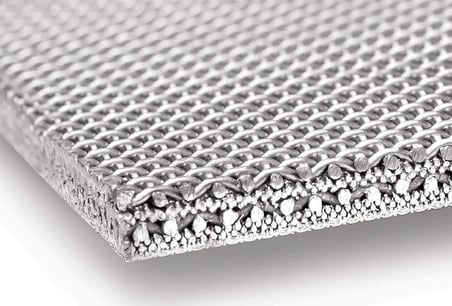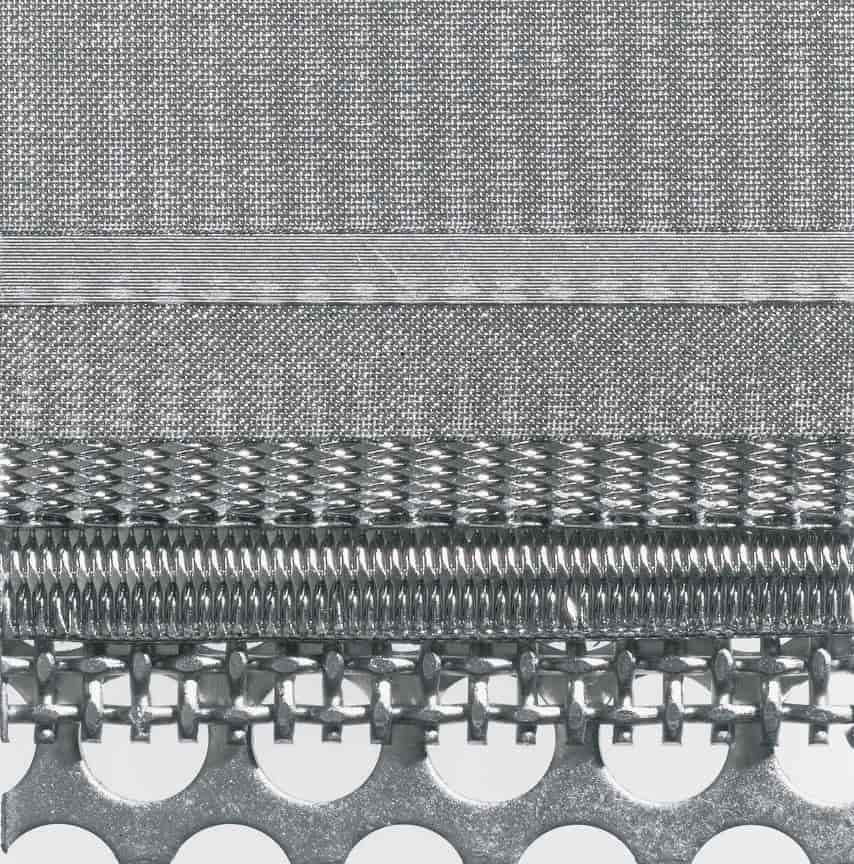Woven Wire Chromatography Frit: Understanding Cost
Chromatography is a critical scientific practice used to separate mixtures, facilitating the advancement of scientific procedures and the development of countless products. In recent years, the accuracy of multi-layered woven wire solutions, like POROSTAR, has become the root of the industry's success.
Despite the positive reputation the material has gained, you must weigh in all the factors before investing in woven wire chromatography frits. But no matter how good the beneficial qualities of a woven wire chromatography frit are, its ability to adhere to budgetary constraints will make or break its practicality.
This leaves us with the underlying questions: How much does a woven wire chromatography frit cost, and what factors into the price?
W.S. Tyler has become dedicated to making the world a cleaner, safer place. A significant component of this initiative is utilizing our 150 years of experience to help those in the chromatography industry develop cost-effective solutions that perform.
And with that, this article was written to illustrate how much you can expect to pay for your next woven wire chromatography frit order. It will cover:
- How much a chromatography frit cost
- What you can expect from the buying process
- How you can save money with a chromatography frit
How Much Does a Chromatography Frit Cost?

Woven wire chromatography frits are designed and fabricated to accommodate the needs of a customer on a case-by-case basis. In most situations, no two frits are the same, and the price you can expect to pay will vary.
That said, the following factors will dictate the cost:
- Alloy
- Size
- Micron rating
- Layer configuration
- State of the market
- Quantity
With these factors in-mind, a chromatography frit can carry a price tag ranging from $1,300 to $2,000 Sq/ft.
What Does the Buying Process of Woven Wire Chromatography Frit Look Like?
When inquiring about chromatography frits, you will ideally reach out with a drawing of the frit ready for submission. This drawing should include all parameters of the component, including the part profile, layer configuration, alloy, mesh specifications, and quantity.
If a drawing cannot yet be generated, you will want to have some sort of datasheet laying out information on the woven wire being used as well as its dimensions. The supplier would need micron rating requirements and component thickness tolerances if this information cannot be provided.
If applicable, you can also send us an existing frit so we can reverse-engineer it. When doing so, it is important that you thoroughly clean the frit before shipment and ensure that an MSDS is included.
Now, if you are starting from scratch, you will want to consult with the manufacturer of your chromatography machine.
Once the parameters of your chromatography frit have been established and drawings have been generated, a team of engineers from the woven wire supplier will determine whether or not the configuration can be produced. If fabrication is possible, a quote highlighting things like material and labor will be generated and sent to you.
This will leave you with two options:
- Approve the quote and submit a purchase order
- Modify the quote and send it back to the mesh supplier for review
Once a purchase order has been submitted and processed, fabrication will begin. Depending on factors like frit profile and material availability, you can expect lead times ranging from 6 to 16 weeks.
How Do I Manage the Cost of My Woven Wire Chromatography Frits?
With all the various factors that influence the cost of a woven wire chromatography frit, quantity possibly has the highest potential to help reduce the cost of an order. To produce a specific chromatography frit, a proprietary wire mesh laminate must fabricated, and specialized tooling must be set up.
This requires an increased amount of labor.
But increasing the amount of parts on an order will subsidize the expenses associated with this labor. In other words, the higher the order volume, the cheaper the component.
Value engineering your chromatography frit is another great way to chip away at the cost per unit. This entails determining the acceptable deviations so you can identify where there is wiggle room.
Lock-in Desirable Cost Savings With a Purchase Order
Woven wire chromatography frits are the perfect solution when attempting to deliver accurate and repeatable results to a proprietary operation. As a result, they are made to order, with their price being determined by alloy, size, micron rating, layer configuration, state of the market, and order quantity.
But once you come to a price that you are happy with, it is important that you stay locked into that number, especially with a materials market that is unpredictable. One of the easiest ways to do this is to generate a purchase order with your woven wire supplier.
With over 150 years of woven wire experience, W.S. Tyler is here to overcome your separation woes without breaking the bank. This enables you to focus on improving the rest of your chromatography process.
To learn more about what a purchase order entails, read the article below:
About Ronnie Brown
Ronnie is the Content Writer for W.S. Tyler and has four years of experience as a professional writer. He strives to expand his knowledge on all things particle analysis and woven wire mesh to leverage his exceptional writing and graphic design skills, creating a one-of-a-kind experience for customers.




